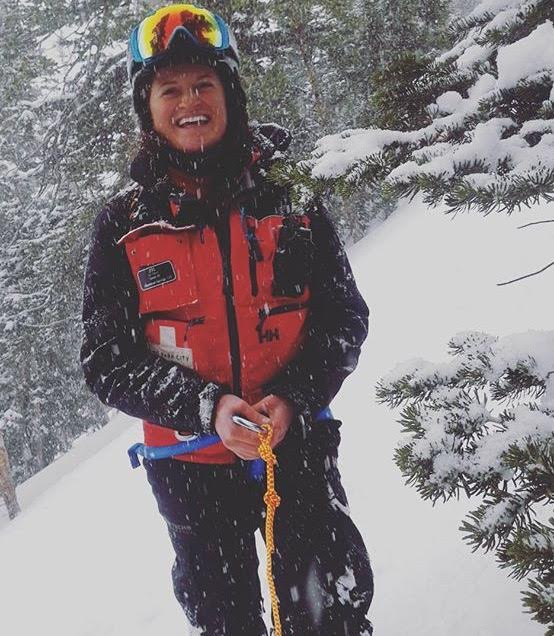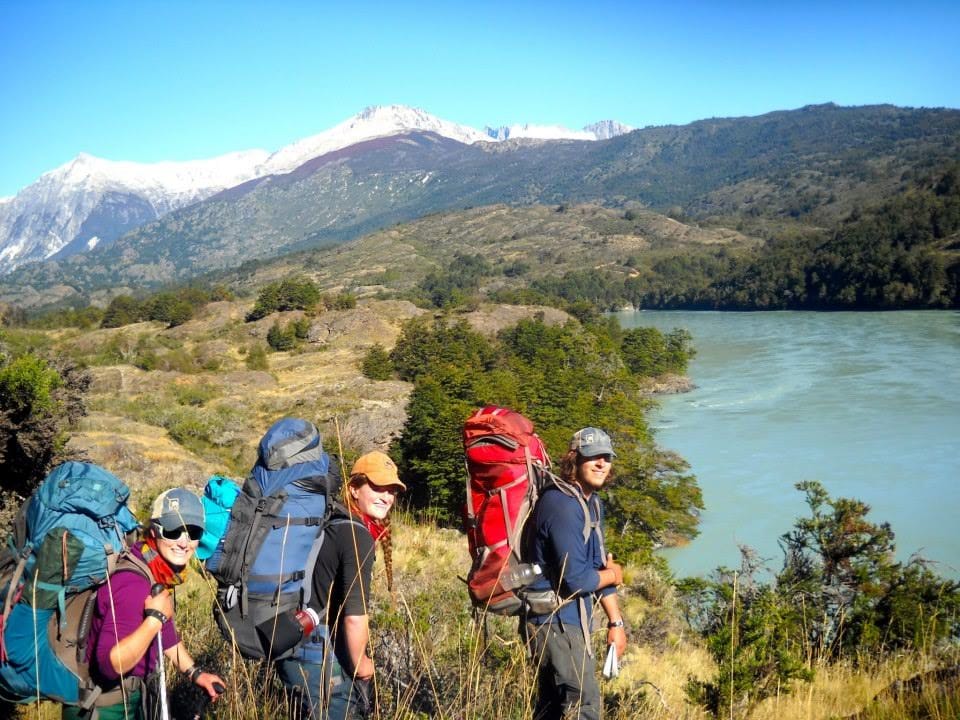We had a wonderful 25th anniversary celebration for Adventure Treks in October and spent the weekend with many of the “old hands” who helped steer Adventure Treks through the 1990s and early aughts. The reunion solidified our impression of the power of friendships made in the AT community. Even though people came together who hadn’t seen each other in years, we picked up right where we left off. (Above is the quick video we made for our 25th anniversary.)
We’re often surprised that what started with one trip in the Pacific Northwest in the early 90s has blossomed into being a leader in outdoor teen summer adventures and has served almost 20,000 students from all 50 states and more than 25 countries. Our success is due in part to so many capable people who shared great ideas and systems, making Adventure Treks the sum of the best practices from many folks. Had only one director controlled all the ideas, we would only be half the program we are today.
Over time, we have learned that about 450–475 students with 70–75 summer instructors is our optimal program size and ensures the highest quality and most consistent adventures. In the past, when we have grown larger, we felt we were beginning to lose a little of the special sense of community that makes us truly unique among outdoor programs. To this end, we have capped our size at Adventure Treks so it can always be a special program with a uniquely personal touch and a strong sense of community.
When you have this special a culture and you know it’s something people want to be part of, you must look for ways to transfer this philosophy to other aspects of the outdoor world in order to positively impact more teenagers. We also realize that as phenomenal and life-changing as AT is, it’s more rugged and challenging than some people desire. We know it’s not for everyone. Over the years, we have met many teenagers who love the AT community and philosophy but simply aren’t outdoor people. Our goal has been to create options in different frameworks for these wonderful students.
Our first area of expansion in the 1990s was educational programs for schools. Every fall at our base in the mountains of western North Carolina, we work with schools from as far away as Ohio and Florida, operating outdoor education and science programs at Camp Pinnacle and in the woods of Pisgah National Forest. In fall 2018, we welcomed more than 900 students and 14 schools over 10 weeks. In addition to becoming the best week of “school” ever, these programs create a tremendous opportunity to train our younger instructors to become even more effective in our summer programs.
In 2011, we were able to open our own traditional summer camp, Camp Pinnacle in Flat Rock, NC. Camp had gone bankrupt in 2010 after falling into disrepair, but we were able to adapt the AT philosophy and program to a more typical summer camp environment. We are also able to provide learning and growing opportunities as counselors for many recent Adventure Treks graduates who want to continue growing outdoors and retain the friendships they made at AT, this time as Pinnacle counselors.
In fall 2018, we formed a relationship with the Alzar School, a semester leadership school for 10th and 11th graders with campuses in Idaho and Chile. So many of our current Adventure Treks students have expressed the desire to attend a school that resembles AT (a one-week fall program simply can’t compare). Families had shared with us their positive experiences with the Alzar School, and so we reached out to founders and directors Sean and Kristin Bierle and created a mutually beneficial program for students who want more of the outdoor activities and community they’ve come to expect during the summer.
Our ultimate goal is to offer parents age-appropriate opportunities for all of their kids where they can experience a close community, engage with caring role models, step out of their comfort zones, make lifelong friendships, and grow in ways they never could at home or through organized sports. Instead of running one giant company, we run several small programs with separate and equally passionate and committed staff. This allows us to maintain a personal connection with our families and instructors and focus on running quality experiences. We are delighted to offer a variety of opportunities for growth for ages 7–18 and to have more employment opportunities for students in undergraduate and graduate programs. We like to say, “Give us your kid at age 8, and every summer until they are 28, we will give them an incredible and different adventurous experience on their personal frontier.”
The first 25 years have been great, and we are looking forward to the next 25. And now we are excited that our students and instructors who came of age in the 1990s with us are now sending their children to our programs, completing the circle!



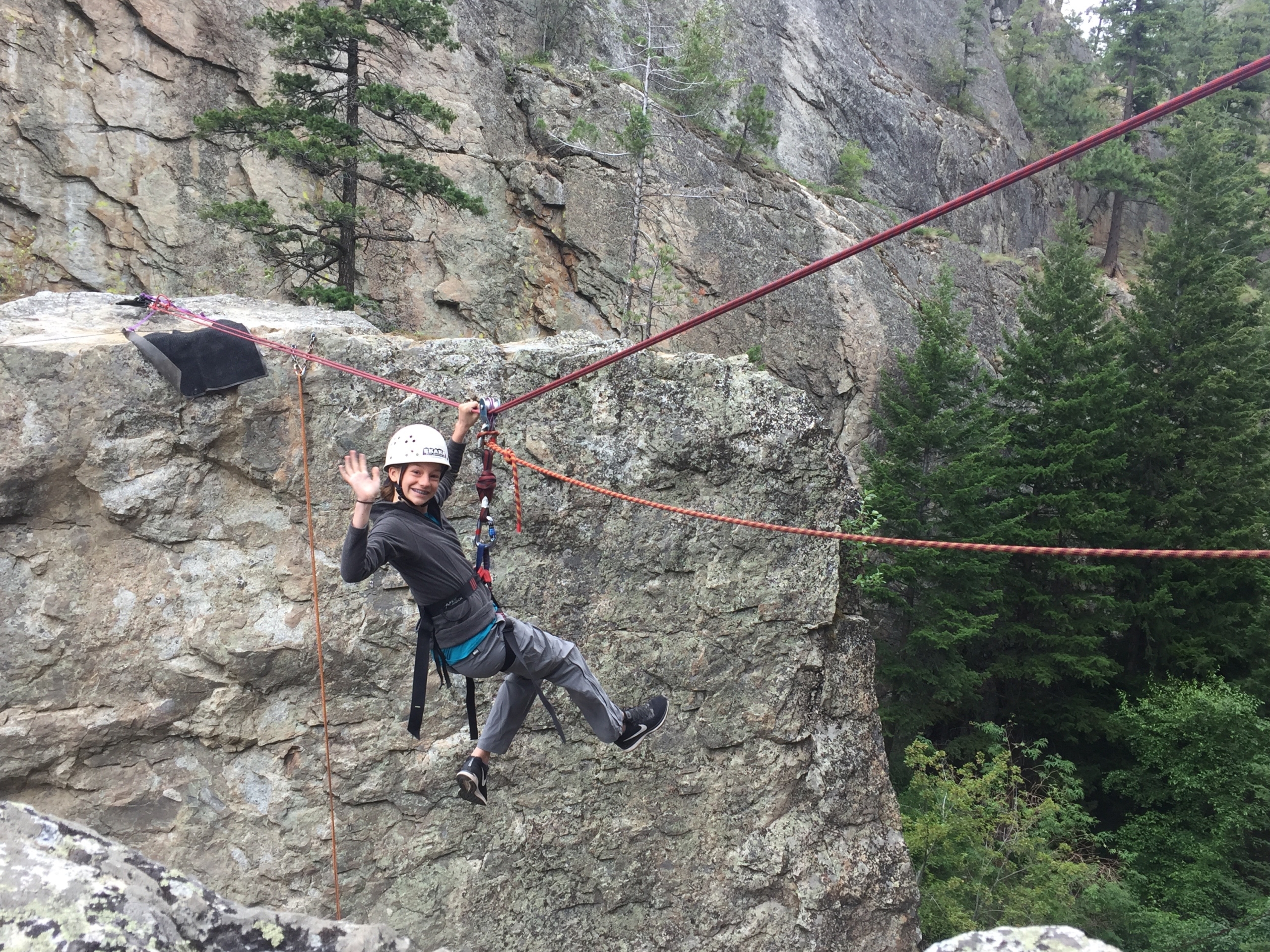
 Dave McGlashan, Regional Director
Dave McGlashan, Regional Director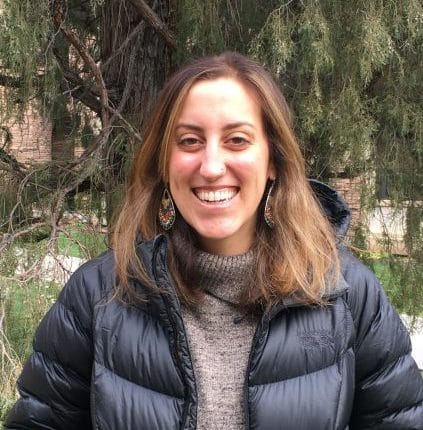 Erica Van Steenis, Regional Director
Erica Van Steenis, Regional Director Jack Hoiland, Regional Director
Jack Hoiland, Regional Director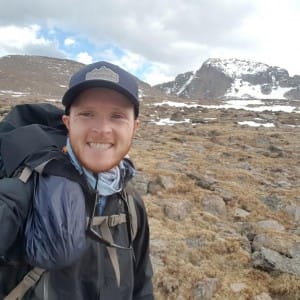 Austin Coolidge, Yellowstone Teton Adventure 1, 2, 3
Austin Coolidge, Yellowstone Teton Adventure 1, 2, 3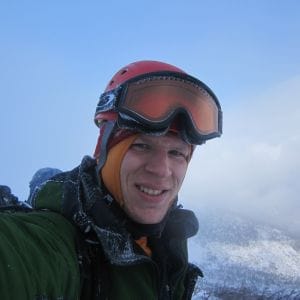 Sam Haines, Pacific Northwest Adventure 1 & Ultimate Northwest 2
Sam Haines, Pacific Northwest Adventure 1 & Ultimate Northwest 2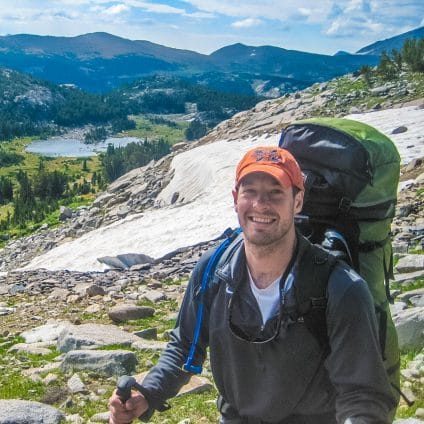 Sean Doyle, Ultimate Northwest 1 & Pacific Northwest Adventure 2
Sean Doyle, Ultimate Northwest 1 & Pacific Northwest Adventure 2 Hannah McKinley, Colorado Explorer 1, 2, 3
Hannah McKinley, Colorado Explorer 1, 2, 3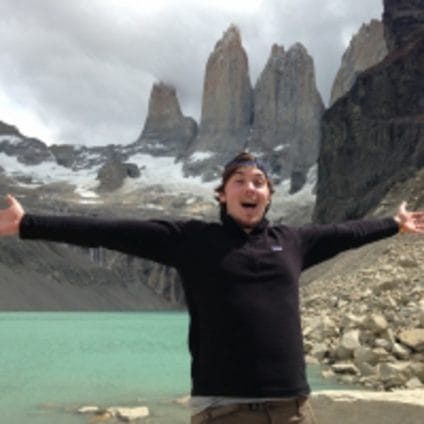
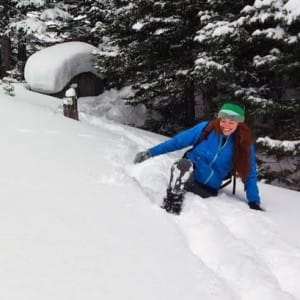
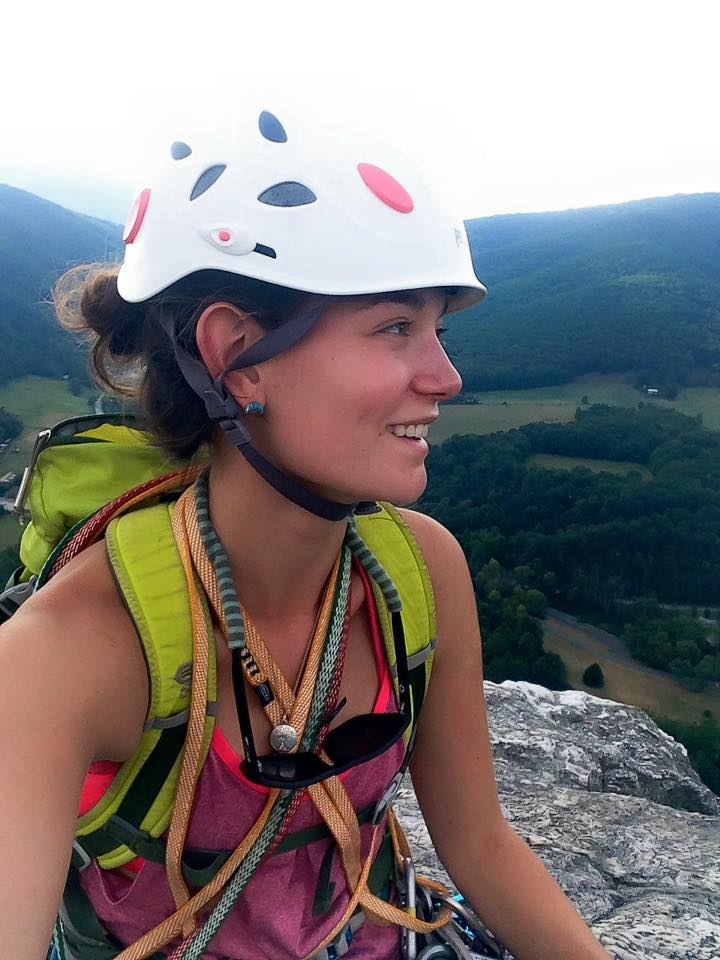
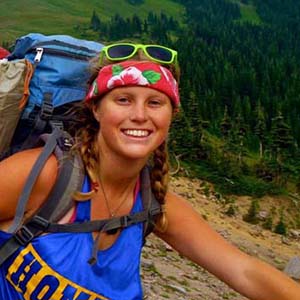
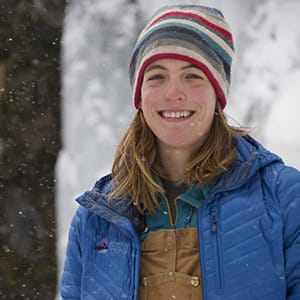
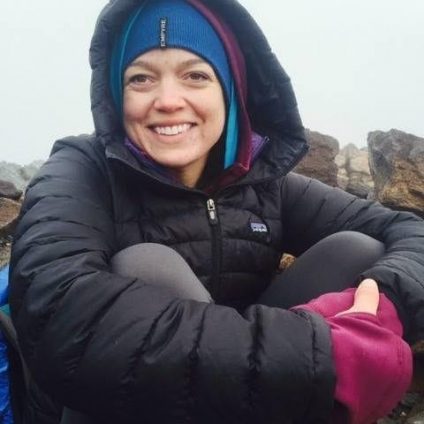 Nico Grin, Alaska Expedition 2
Nico Grin, Alaska Expedition 2 Alex Coffin, California Challenge 2
Alex Coffin, California Challenge 2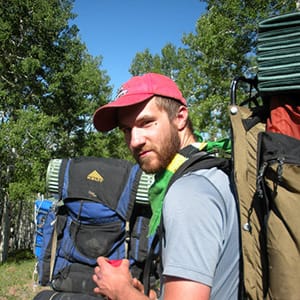
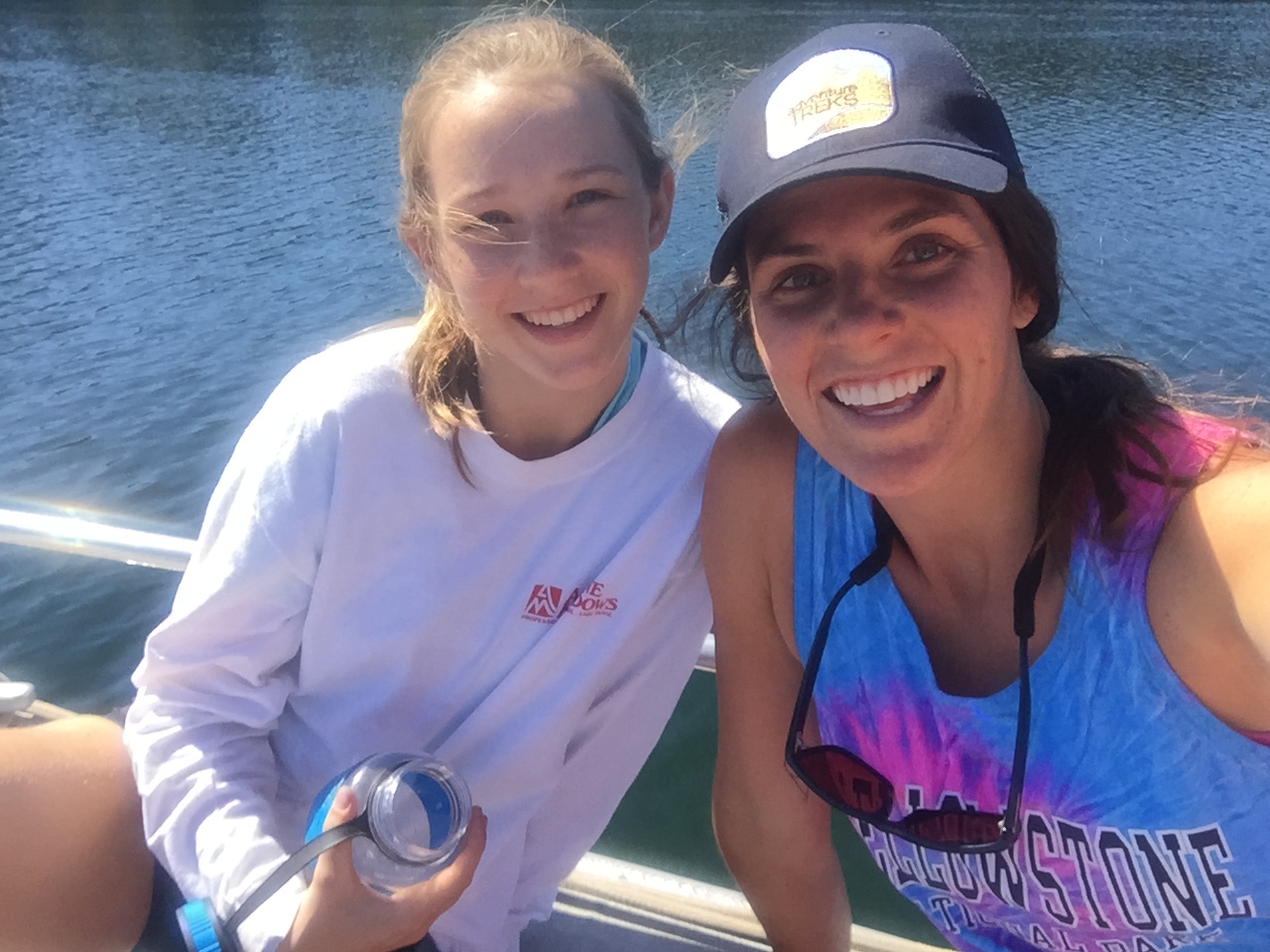 Kelly earned a degree from the University of Montana in Missoula, majoring in fine arts. She is returning for her third season at Adventure Treks this summer. Last year, Kelly led students on the Yellowstone Adventure trips!
Kelly earned a degree from the University of Montana in Missoula, majoring in fine arts. She is returning for her third season at Adventure Treks this summer. Last year, Kelly led students on the Yellowstone Adventure trips!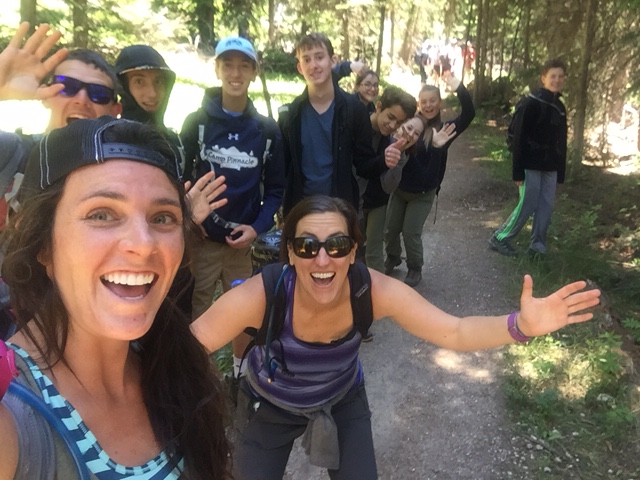
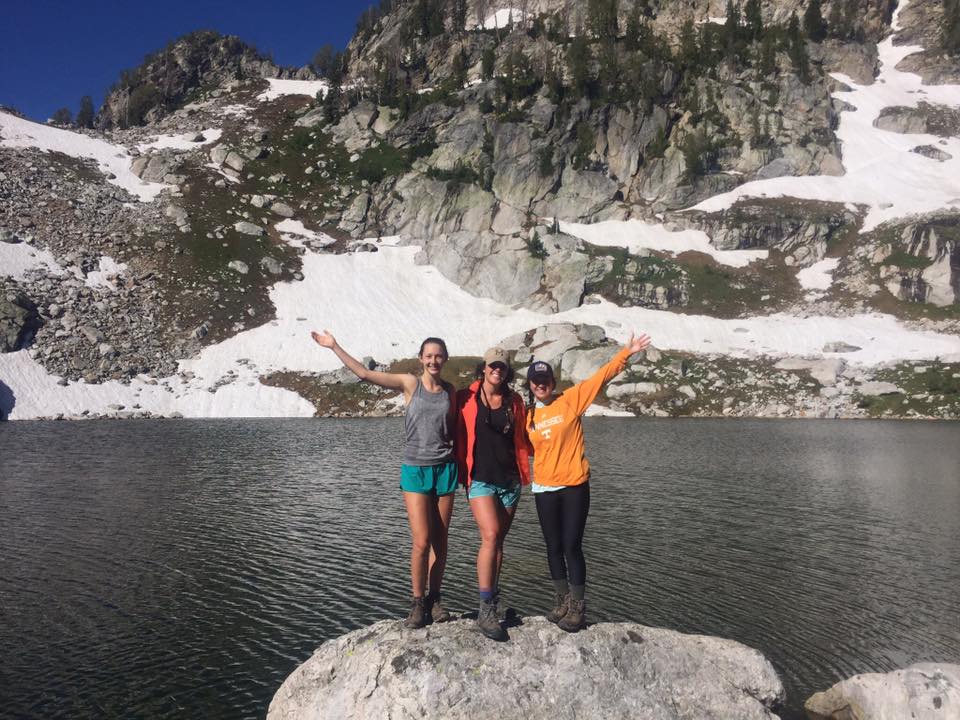
 Being an Adventure Treks instructor for the last seven years has taught me many things. I’ve learned to be more confident, believe in myself, and how to make any situation fun. I’ve also learned that it’s OK to show some vulnerability, that conflict is a healthy thing, and that giving a genuine compliment feels better than receiving one. Adventure Treks has helped me become more of the person I want to be, but there’s one thing I’m really thankful for: how to make friends.
Being an Adventure Treks instructor for the last seven years has taught me many things. I’ve learned to be more confident, believe in myself, and how to make any situation fun. I’ve also learned that it’s OK to show some vulnerability, that conflict is a healthy thing, and that giving a genuine compliment feels better than receiving one. Adventure Treks has helped me become more of the person I want to be, but there’s one thing I’m really thankful for: how to make friends.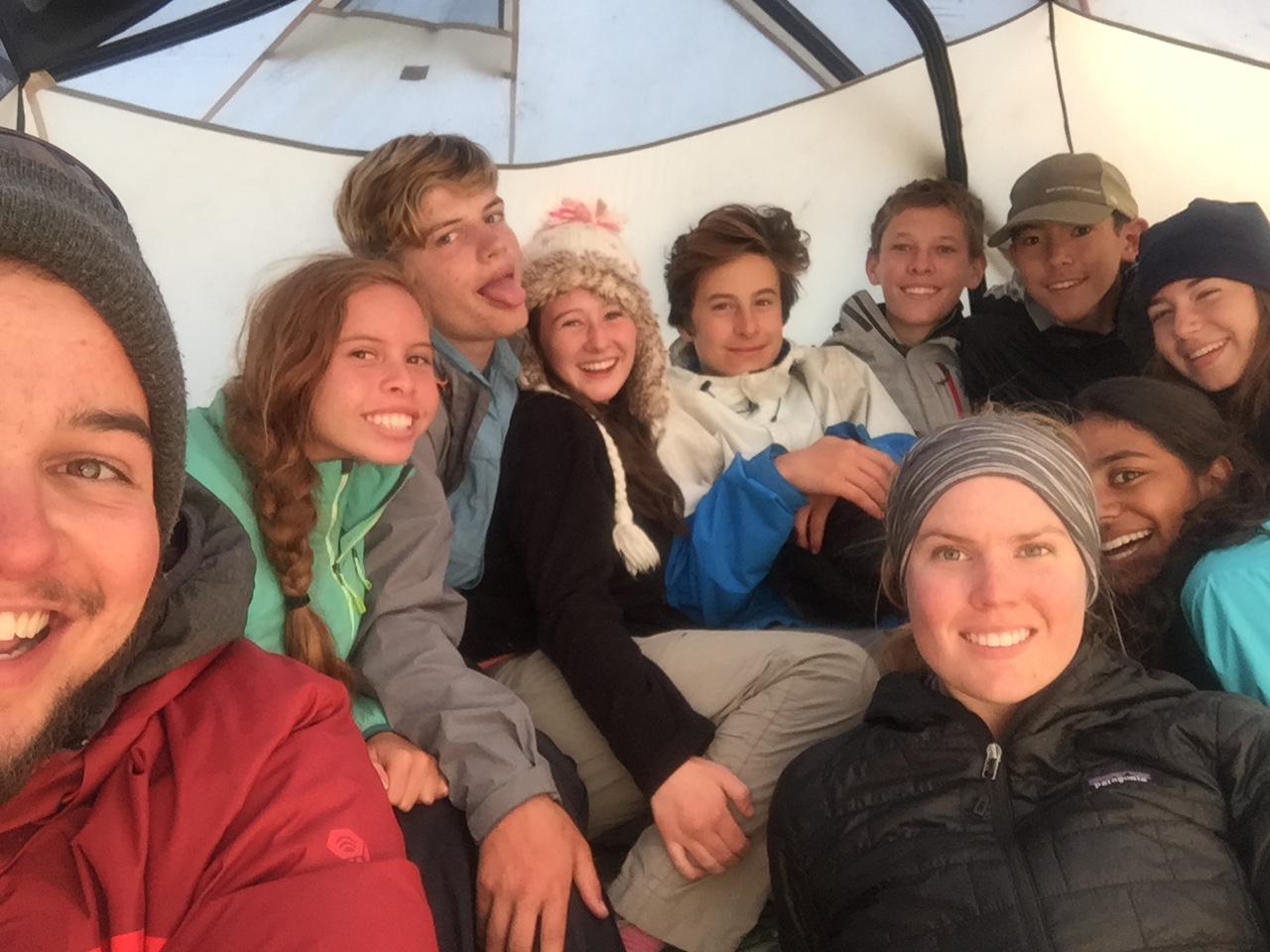 This one is the simplest, yet may be the hardest skill to execute. Adventure Treks instructor orientation is an intimidating social scene at first. You walk into a group of roughly 60 people and often do not know more than one other person there. For years, I had to put myself out there. I introduced myself to everyone. I said “Hi, I’m Joe” too many times to count. Fast forward: I have now introduced myself to literally hundreds of AT instructors. It actually does feel simple now. Like anything else, it takes practice, but you cannot make a friend until you know his or her name. Adventure Treks has helped me build the confidence to introduce myself to anyone, and now I take pride in making the first move.
This one is the simplest, yet may be the hardest skill to execute. Adventure Treks instructor orientation is an intimidating social scene at first. You walk into a group of roughly 60 people and often do not know more than one other person there. For years, I had to put myself out there. I introduced myself to everyone. I said “Hi, I’m Joe” too many times to count. Fast forward: I have now introduced myself to literally hundreds of AT instructors. It actually does feel simple now. Like anything else, it takes practice, but you cannot make a friend until you know his or her name. Adventure Treks has helped me build the confidence to introduce myself to anyone, and now I take pride in making the first move.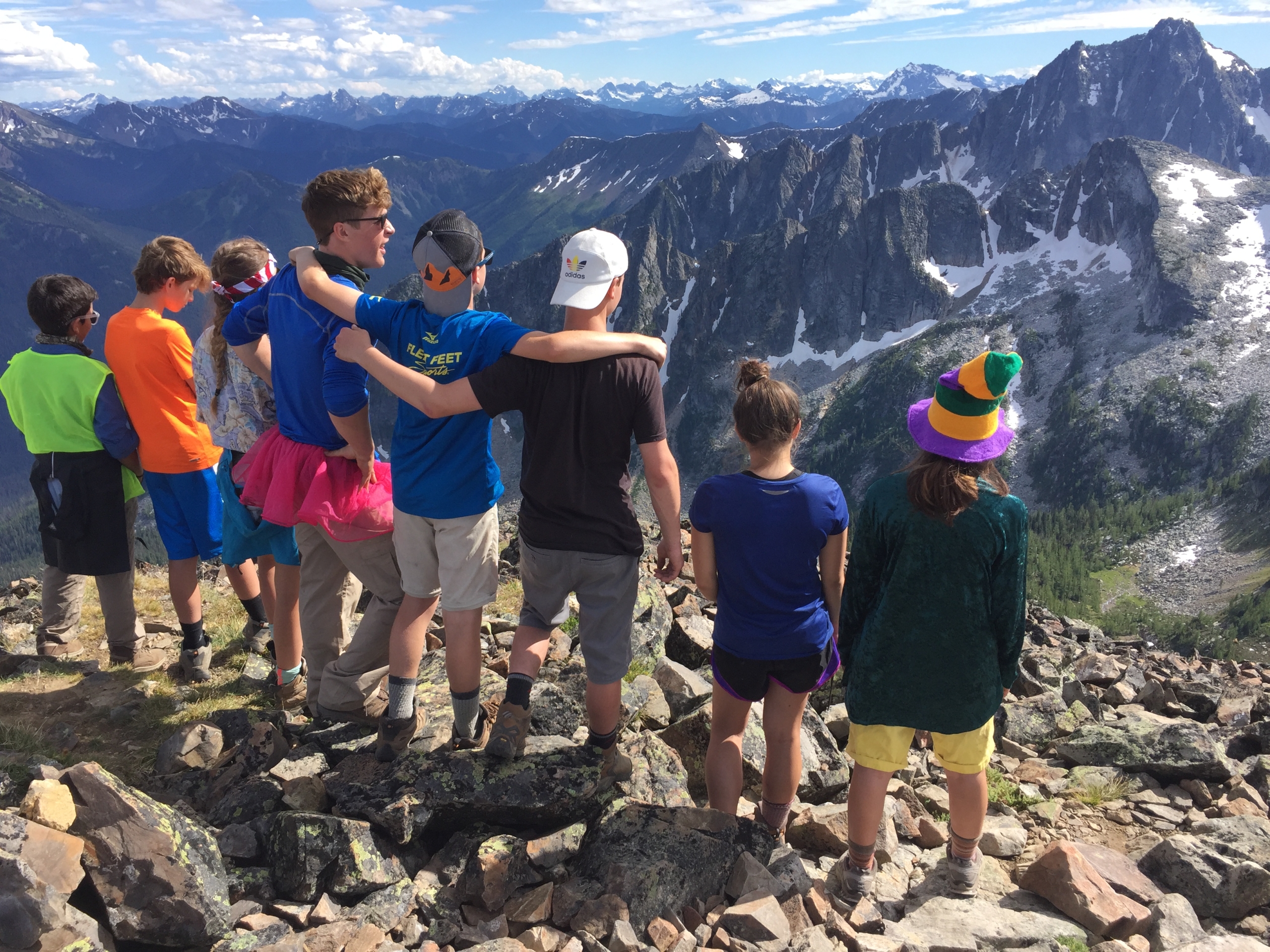 Someone once said “everyone’s favorite topic of conversation is themselves.” I won’t take credit for it, but it has been an invaluable lesson in building relationships. While working for Adventure Treks, a huge part of the job (and probably the most important next to maintaining safety) is building relationships. So after I introduce myself to students and find a few things we have in common, I try to learn about the new person in my life. I try to cover all the bases, like favorites of all categories: food, movies, books, video games, sports, classes in school, music, and television shows. Then I ask about their families and siblings: what their parents do, if they have pets, how they spend time together, etc. As we build our relationship, I may ask what they want their future to look like, or who are people who have really impacted their lives, or what their greatest fear is. The key to all of this is listen and remember. If you spend all of your time asking questions but cannot recall any of the answers, you have no credibility as a new friend.
Someone once said “everyone’s favorite topic of conversation is themselves.” I won’t take credit for it, but it has been an invaluable lesson in building relationships. While working for Adventure Treks, a huge part of the job (and probably the most important next to maintaining safety) is building relationships. So after I introduce myself to students and find a few things we have in common, I try to learn about the new person in my life. I try to cover all the bases, like favorites of all categories: food, movies, books, video games, sports, classes in school, music, and television shows. Then I ask about their families and siblings: what their parents do, if they have pets, how they spend time together, etc. As we build our relationship, I may ask what they want their future to look like, or who are people who have really impacted their lives, or what their greatest fear is. The key to all of this is listen and remember. If you spend all of your time asking questions but cannot recall any of the answers, you have no credibility as a new friend. Friends are not made instantly. What I would give to have the instant friendship of every student and co-instructor! A few years ago, I moved to a new town to work at a ski resort. I didn’t know anyone in town, and the thought of making new friends felt pretty overwhelming. I tried to think about my new job as one of my AT trips. I made sure to introduce myself to everyone I met, and that helped me feel a little more at ease. It’s a bit like ripping off a Band-Aid—if you just get on with it, it feels better. I found my commonalities (we all liked to ski), I did my best to learn about everyone, and then came the scary part: I was myself around everyone. I’ll admit that I may have scared some prospects off with that last part, but it felt right to be myself. Then I moved into step 5: I asked folks to hang out… All the time. I did not let “I can’t that day” or the “I’d love to, but I have plans” slow me down. I went back to that mountain for my fourth winter, and I truly felt like a part of the community. Our communities on our AT trips do not happen overnight, but by the end they are strong, healthy, and meaningful. AT time is kind of like dog years: One AT summer counts for seven years of regular friendship. So if you’re looking to make a new friend, stick with it, and let it play out, and I bet it will all work out in the end.
Friends are not made instantly. What I would give to have the instant friendship of every student and co-instructor! A few years ago, I moved to a new town to work at a ski resort. I didn’t know anyone in town, and the thought of making new friends felt pretty overwhelming. I tried to think about my new job as one of my AT trips. I made sure to introduce myself to everyone I met, and that helped me feel a little more at ease. It’s a bit like ripping off a Band-Aid—if you just get on with it, it feels better. I found my commonalities (we all liked to ski), I did my best to learn about everyone, and then came the scary part: I was myself around everyone. I’ll admit that I may have scared some prospects off with that last part, but it felt right to be myself. Then I moved into step 5: I asked folks to hang out… All the time. I did not let “I can’t that day” or the “I’d love to, but I have plans” slow me down. I went back to that mountain for my fourth winter, and I truly felt like a part of the community. Our communities on our AT trips do not happen overnight, but by the end they are strong, healthy, and meaningful. AT time is kind of like dog years: One AT summer counts for seven years of regular friendship. So if you’re looking to make a new friend, stick with it, and let it play out, and I bet it will all work out in the end.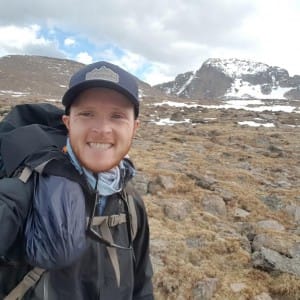 We are excited that Austin Coolidge will be joining us this summer for his third season as an Adventure Treks instructor.
We are excited that Austin Coolidge will be joining us this summer for his third season as an Adventure Treks instructor.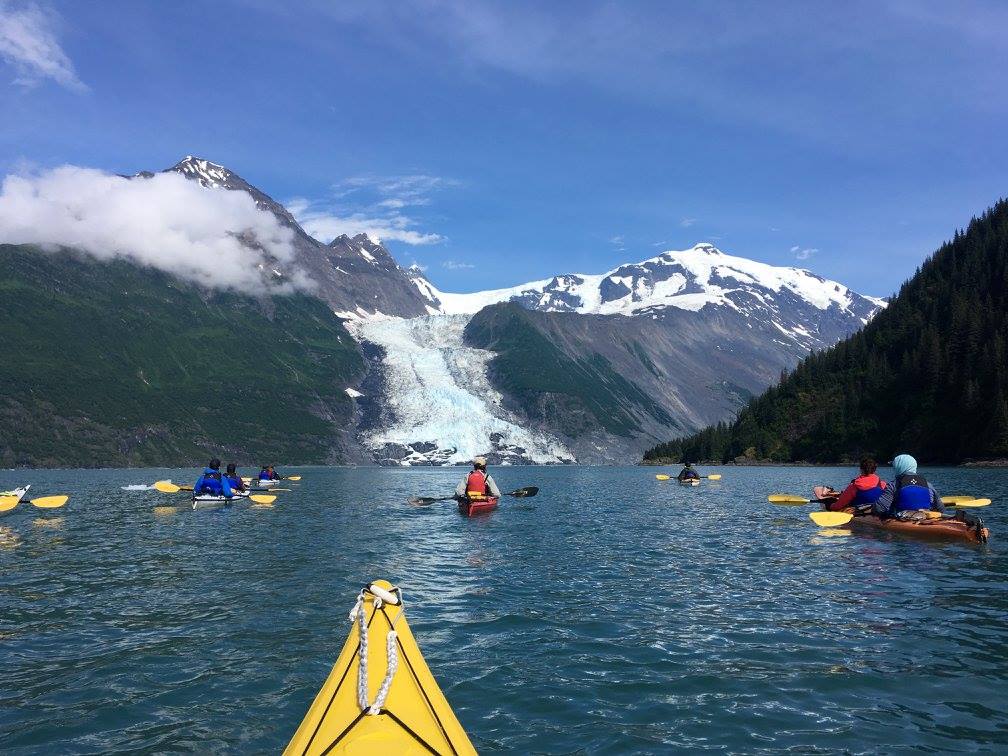
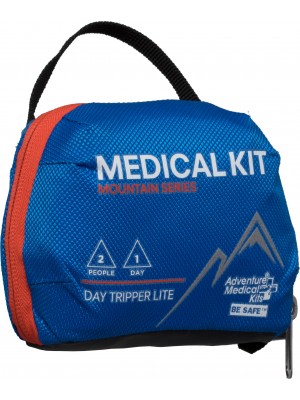 Either way, there are some important questions to ask. Be sure to consider the following:
Either way, there are some important questions to ask. Be sure to consider the following: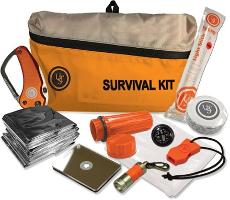
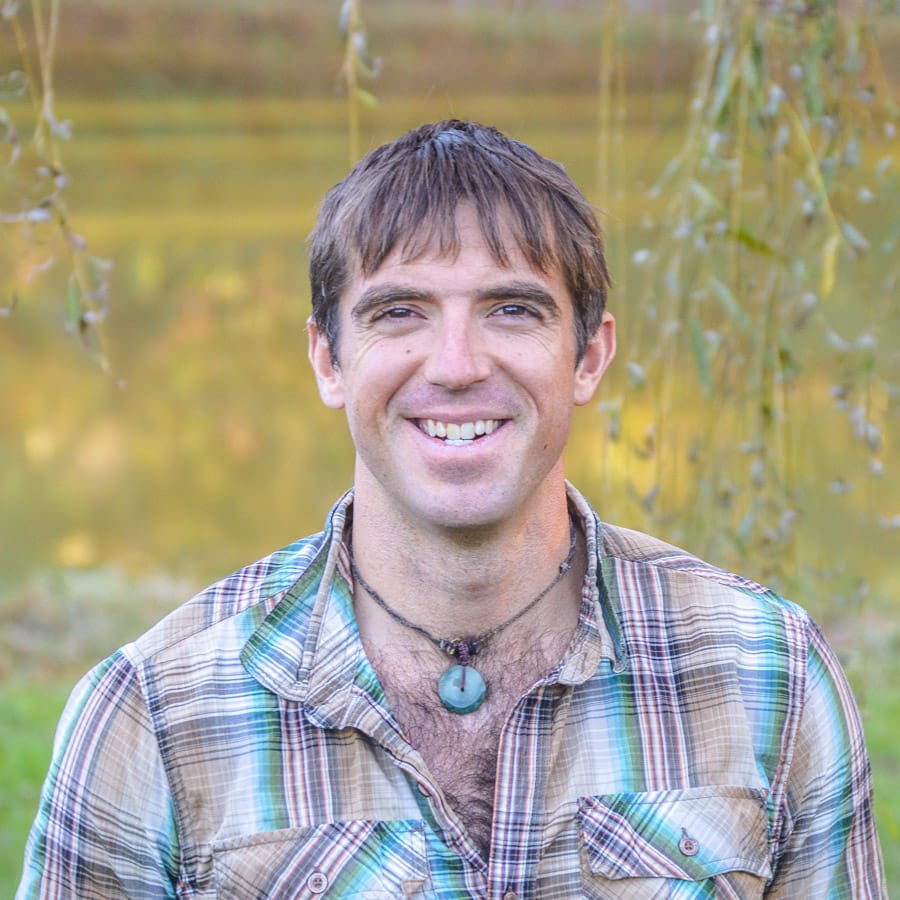 Dave McGlashan, regional director
Dave McGlashan, regional director Erica Van Steenis, regional director
Erica Van Steenis, regional director Joe Sisti, regional director
Joe Sisti, regional director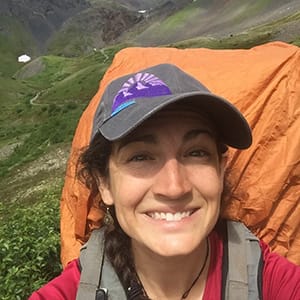 Allison O’Brien, California Challenge 1 & Pacific Northwest Adventure 2
Allison O’Brien, California Challenge 1 & Pacific Northwest Adventure 2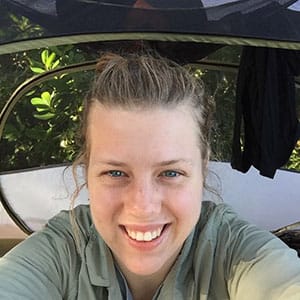 Kate Brown, British Columbia 1 & 2
Kate Brown, British Columbia 1 & 2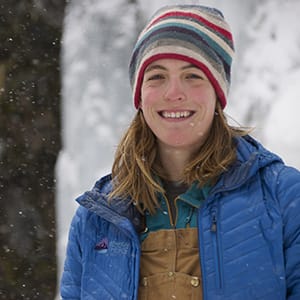 Tess Sneeringer, Pacific Northwest Adventure 1 & Ultimate Northwest 2
Tess Sneeringer, Pacific Northwest Adventure 1 & Ultimate Northwest 2 Alex Coffin, California Challenge 2
Alex Coffin, California Challenge 2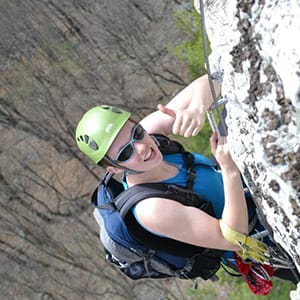 Katy Ebner, Yellowstone Teton Adventure 1, 2, & 3
Katy Ebner, Yellowstone Teton Adventure 1, 2, & 3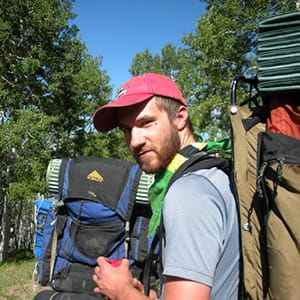 Nate Humphries, Alaska Expedition 2
Nate Humphries, Alaska Expedition 2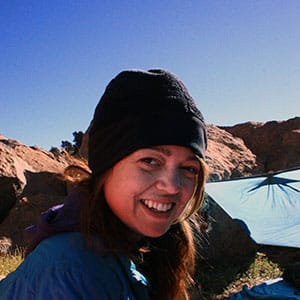 Nico Grin, Alaska Expedition 1
Nico Grin, Alaska Expedition 1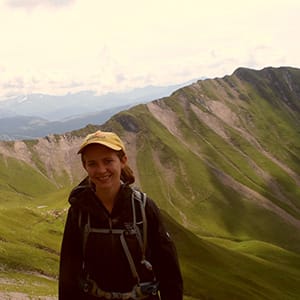 Angelique Carl, Colorado Explorer 1, 2, & 3
Angelique Carl, Colorado Explorer 1, 2, & 3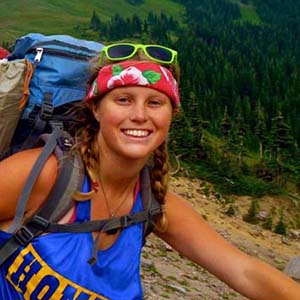 Kiko Sweeney, Ultimate Northwest 1 & Pacific Northwest Explorer 2
Kiko Sweeney, Ultimate Northwest 1 & Pacific Northwest Explorer 2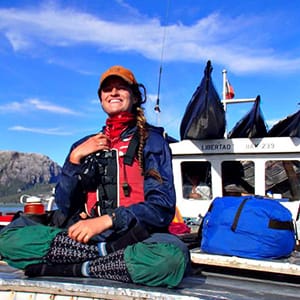 Devin Wilkinson, Leadership Summit
Devin Wilkinson, Leadership Summit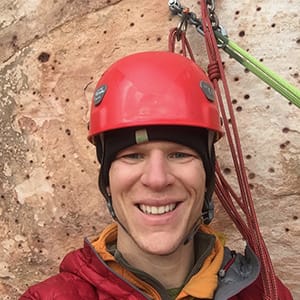 Sam Haines, California Adventure & California Challenge 3
Sam Haines, California Adventure & California Challenge 3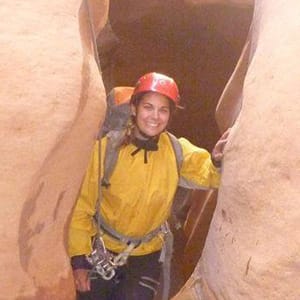 Casey Clark, Alaska Expedition 1
Casey Clark, Alaska Expedition 1